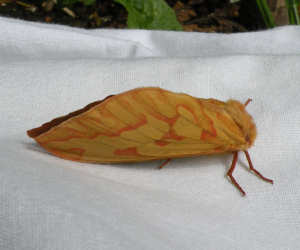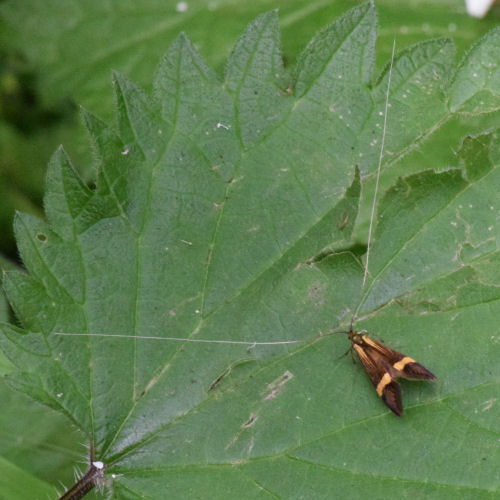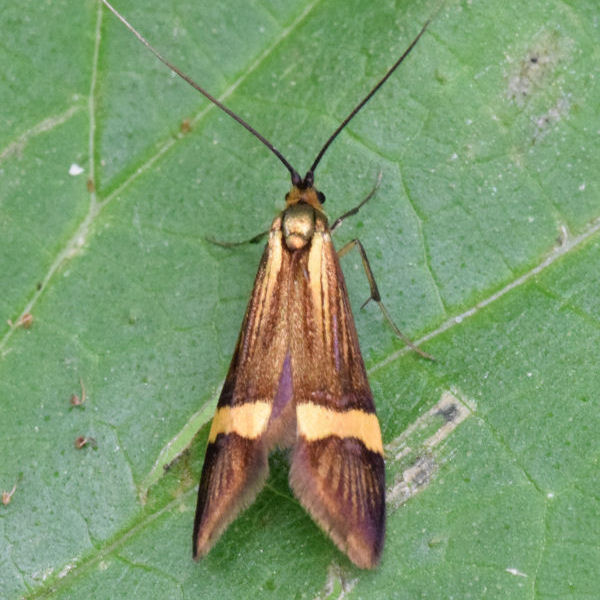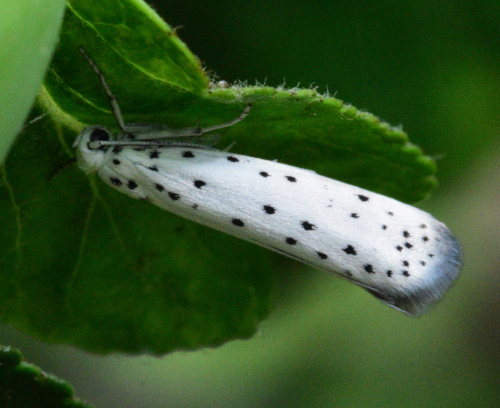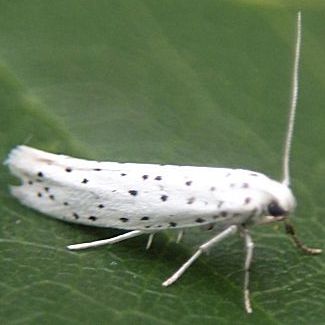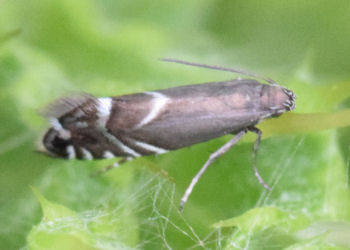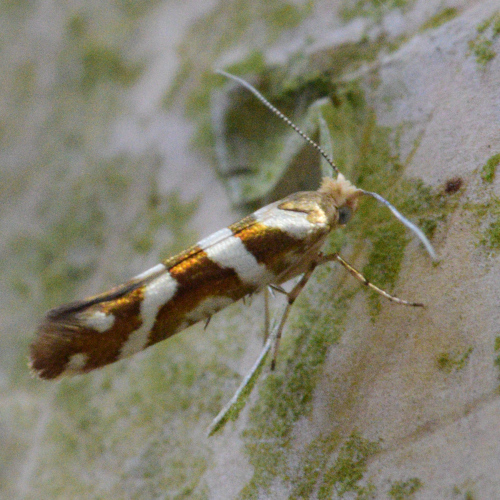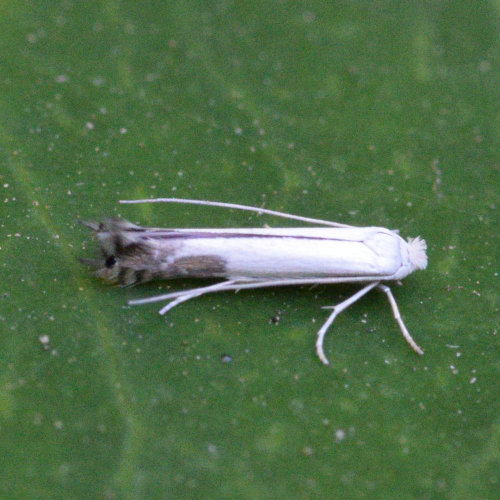
- Family: Micropterigidae (Checklist: 1.004)
- Barnwell East LNR,Cambridge TL478581: 10 Jun 2021
- One of the Micropterigoidea, the superfamily of "mandibulate archaic moths".
- The adults feed especially on pollen in hawthorn flowers but also on creeping buttercup and other species.
- NBN Atlas

